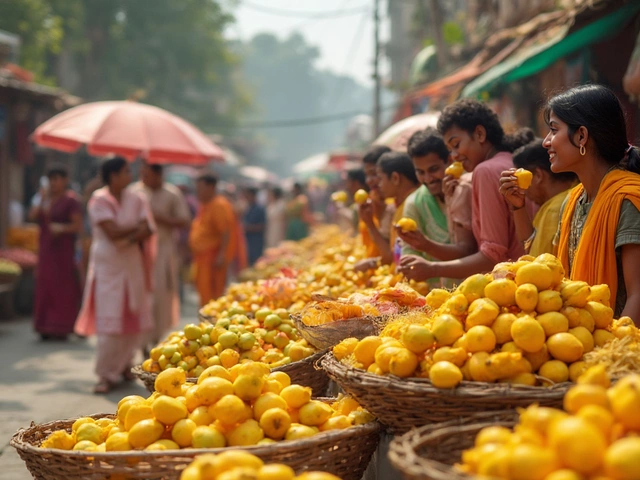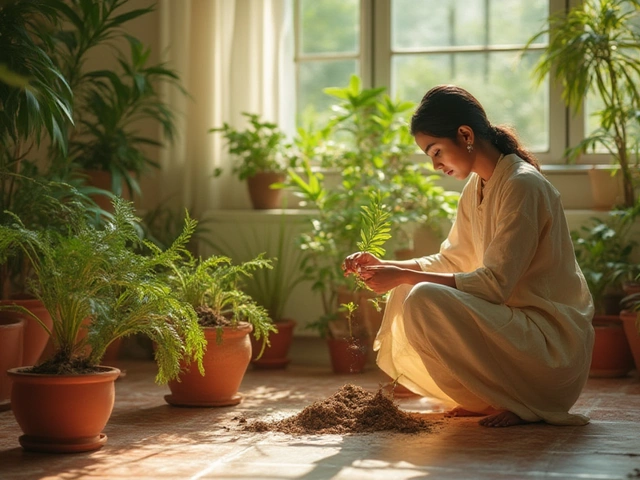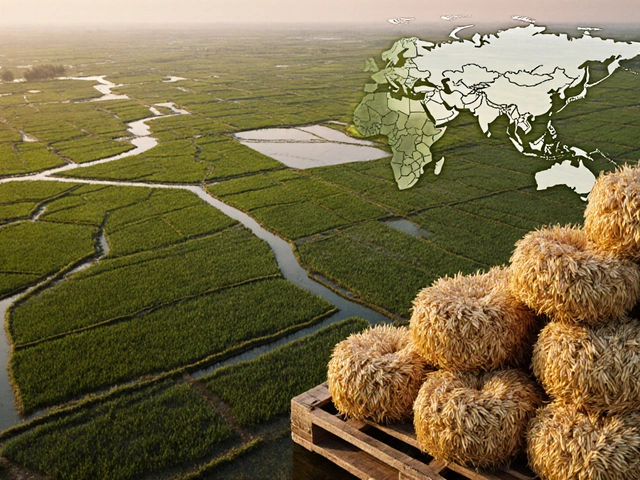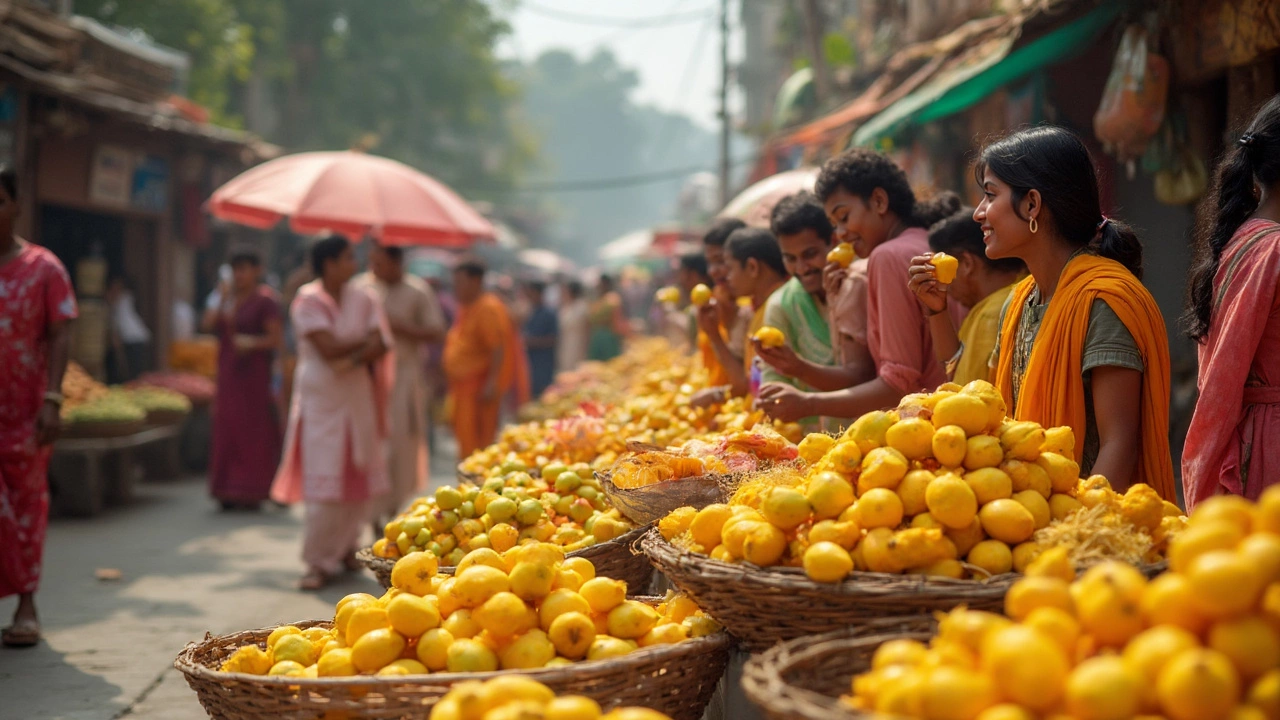India's National Fruit: Mango – Everything You Need to Know
If you’ve ever heard someone call mango the "king of fruits," you’ve heard a truth that’s lived in Indian kitchens for centuries. It’s not just a tasty treat; mango holds cultural, economic, and culinary importance across the sub‑continent. Whether you’re a backyard gardener or a city dweller with a balcony, this guide gives you the basics to enjoy and grow India’s beloved fruit.
Why Mango Became India’s National Fruit
Mango earned its crown because it adapts to many Indian climates, from the humid coasts of Kerala to the dry plains of Rajasthan. The fruit appears in festivals, religious rites, and everyday meals, turning it into a symbol of hospitality and prosperity. Over 1,000 mango varieties thrive in India, each with its own flavor profile—from the buttery Alphonso of Maharashtra to the spicy Chaunsa of Uttar Pradesh.
Choosing the Right Variety for Your Space
First, decide which mango type fits your garden. Dwarf varieties like "Nam Dok Mai" or "Kesar" need less space and can thrive in pots. Larger trees such as "Saigon" or "Totapuri" need at least 30 feet of clearance. Check local nurseries for grafted saplings; grafted trees bear fruit sooner and keep true to the parent’s taste.
Planting time matters. In most of India, the ideal window is right before the monsoon—late May to early June. The young tree will get steady rain, helping roots establish. If you live in a drier zone, water the sapling regularly for the first three months, then taper off as it matures.
Soil should be well‑draining, loamy, and slightly acidic (pH 5.5‑6.5). Mix compost or well‑rotted farmyard manure to boost fertility. Avoid heavy clay that traps water, because mango roots dislike soggy conditions. A simple “finger test” works: stick your finger 2‑3 cm into the soil—if it feels moist but not wet, you’re good to go.
Watering needs change with the season. During the dry months, give the tree a deep soak once a week. When the monsoon arrives, reduce irrigation; too much water can cause root rot. Mulching with dry leaves or straw conserves moisture and suppresses weeds.
Pruning keeps the tree productive. After the plant bears fruit, cut back weak or crossing branches. This opens the canopy for sunlight, improves air flow, and encourages bigger, sweeter mangoes. Aim for a balanced shape—roughly a cone with a clear center.
Pests like mango fruit fly and mealybugs can bite into your harvest. Simple organic tricks work: spray neem oil every two weeks, or hang sticky traps to catch adult flies. Regularly clean fallen fruit from the ground to reduce larval buildup.
Harvest timing is key. Most Indian mangoes turn golden‑yellow or blush red when ready. Gently lift the fruit; if it detaches with a slight tug, it’s ripe. For a softer texture, let it sit at room temperature for a day or two before eating.
Beyond fresh eating, mangoes shine in chutneys, pickles, and desserts. The pulp can be frozen for smoothies, while the seed can be roasted for a crunchy snack. Experiment—try a homemade mango salsa with lime, chili, and coriander for a quick summer bite.
Whether you grow your own tree or buy fruit from the market, mango remains a delicious reminder of India’s diverse flavors. With a little care, you can enjoy home‑grown mangoes that rival the best roadside stalls. Happy planting, and enjoy every juicy bite!
India's National Fruit: The Mango Explained
India’s national fruit, the mango, is more than just a tasty treat; it’s part of daily life, traditions, and even city streets. This article dives into why mango got the top spot, the best ways to enjoy and grow them, and tips if you want to add mango trees to your garden. You’ll also get some fun facts you probably haven’t heard, and easy ways to spot the best varieties out there. Whether you’re snacking, planting, or just curious, you’ll find real-world info you can use.
About
Vegetable Gardening
Latest Posts


The Hidden Drawbacks of Rooftop Farming
By Alden Thorne Sep 30, 2025

India's National Fruit: The Mango Explained
By Alden Thorne May 15, 2025

How to Tell If Your Houseplant Needs Water: Simple Signs & Expert Tips
By Alden Thorne Jul 23, 2025

